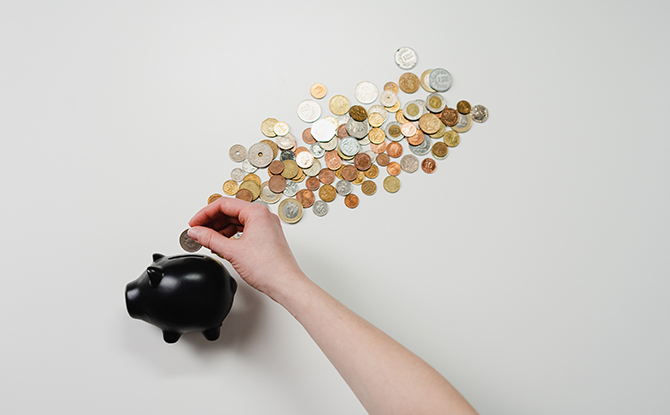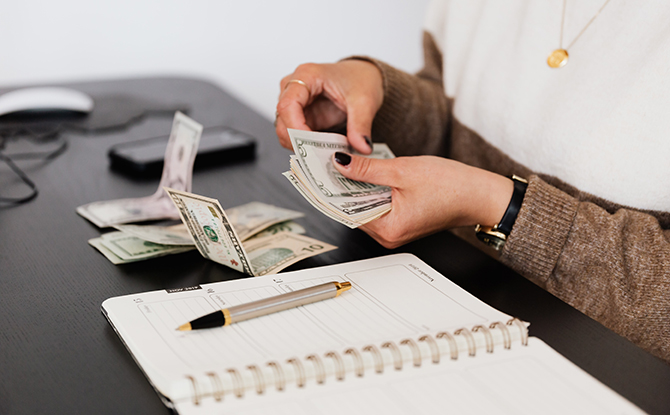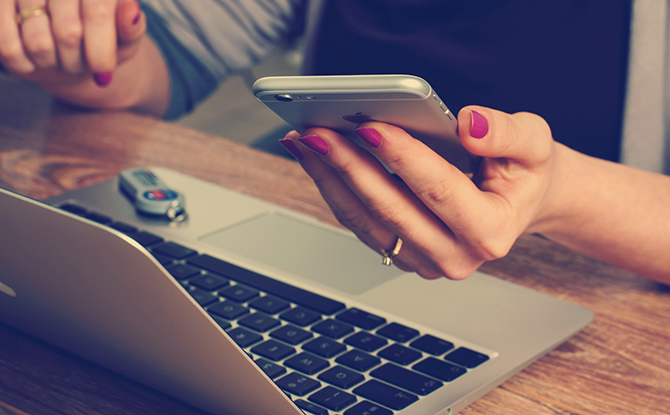
With so many unpredictable variables that can happen throughout our lifetime, it is prudent to have or to set up an emergency fund. While exigencies cannot avoided, we can prepare ahead and anticipate rainy days that require expenses.
Aside from having a savings account, preparing an emergency fund of reserves can provide a financial cushion in times of need. Without emergency reserves, when an unexpected event occurs, you may end up putiung yourself in debt.
If you have ever wondered about how to start an emergency fund, read on to find out.
What is an Emergency Fund?
As the name suggests, having an emergency fund will aid in funding any family needs that require the sudden need for payment.
DINO-TASTIC EXHIBITION: Meet a 40m Long Dino Face-to-Face
GIVEAWAY FOR ENEWSLETTER SUBSCRIBERS: LEGO NINJAGO SET
REGISTER EARLY AND SAVE UP TO $400: English Classes for N1 to Secondary
For example, you may suddenly need to repair a vehicle or house, provide medical expenses, or fill a gap due to a sudden drop in income.
Having emergency savings can help alleviate the stress of dealing with unexpected bills or payments.
How to Start an Emergency Fund: A Step-By-Step Guide
1. Set a Financial Goal in Little Steps
When thinking about how to start an emergency fund, deciding how to begin can sometimes feel daunting.
A good gauge is to have about three to six months’ of savings put aside. Your savings goal can be determined by your household income and expenses.
In order to calculate how much roughly to save, start by working out the costs of monthly essential expenses. Take this monthly expenses and multiply it by six to determine how much you need to keep in your emergency fund.
Then take steps to start saving the money and putting it aside in the emergency fund on a daily or monthly basis.
Always start from a small yet reasonable sum to prevent overstretching your monthly expenses to fulfill the saving goal.
2. Keep Your Money Handy but Out of Reach
Aside from achieving your savings goal, it is important to set it aside somewhere that you can easily have it available as liquid fund but yet not so liquid that you’ll be tempted to draw down on it.
For example, you could keep your emergency funds in a separate savings account from your everyday spending account. You may even decide to keep part of it in a safe.
It is important that the money is not mixed together with your daily spending account as it may cause confusion and may get accidentally spent.
3. Cut Your Unnecessary Expenses
To start immediately saving an emergency fund can mean having to identify areas in your lifestyle that can be changed to save costs.
Cutting out unnecessary costs can enable you to meet your saving goal much quicker and have a comfortable float amount set aside for emergencies.
Examples of ways that you can cut out on unnecessary expenses include preparing meals at home instead of eating out, or canceling a streaming subscription that is being under-utilised.
These are manageable ways for you to contribute towards your saving goal instead of squeezing out extra dollars from your current budget.
4. Keep Your Debt to a Minimum
If you’re trying to pay off debt, saving money may not be a priority. The best strategy is to pay off debts with high-interest rates as soon as possible.
If it is a long term debt that you have to pay back, for example housing loans or a mortgage, you should also count this in as part of the monthly expenses you need in calculating the size of your emergency funds.
5. Add Automation Transfer
To start saving on a regular basis, setting up automatic withdrawals from your checking account into your savings account is a great idea.
As an alternative to scheduling time to transfer funds each month, having money automatically deducted from each paycheck and deposited into your savings account can be helpful and ensure that you prioritize setting up your emergency fund first.
6. Be Honest with Yourself
In your emergency fund, you should also account for taxes, tax refunds, and any payments made as a result of economic activity. Making a realistic estimate of the size of your emergency fund can help you prepare for the proverbial rainy day.
7. Use Cashback Apps
Cashback applications may provide cashback rewards on shopping, restaurant bills, payment for services or other transactions. You can boost your finances by downloading one or more cashback apps which can help to reduce costs, allowing you to put more into savings.
Learn How to Start an Emergency Fund
Hopefully, these practical tips can guide you on how to start an emergency fund.
Ultimately, an emergency fund works as a form of insurance. It is important to relook at the emergency fund regularly to ensure that it is sufficient to cover expenses.
If expenses increase, you can always adjust the saving goal and put in more money accordingly to meet your needs.

























